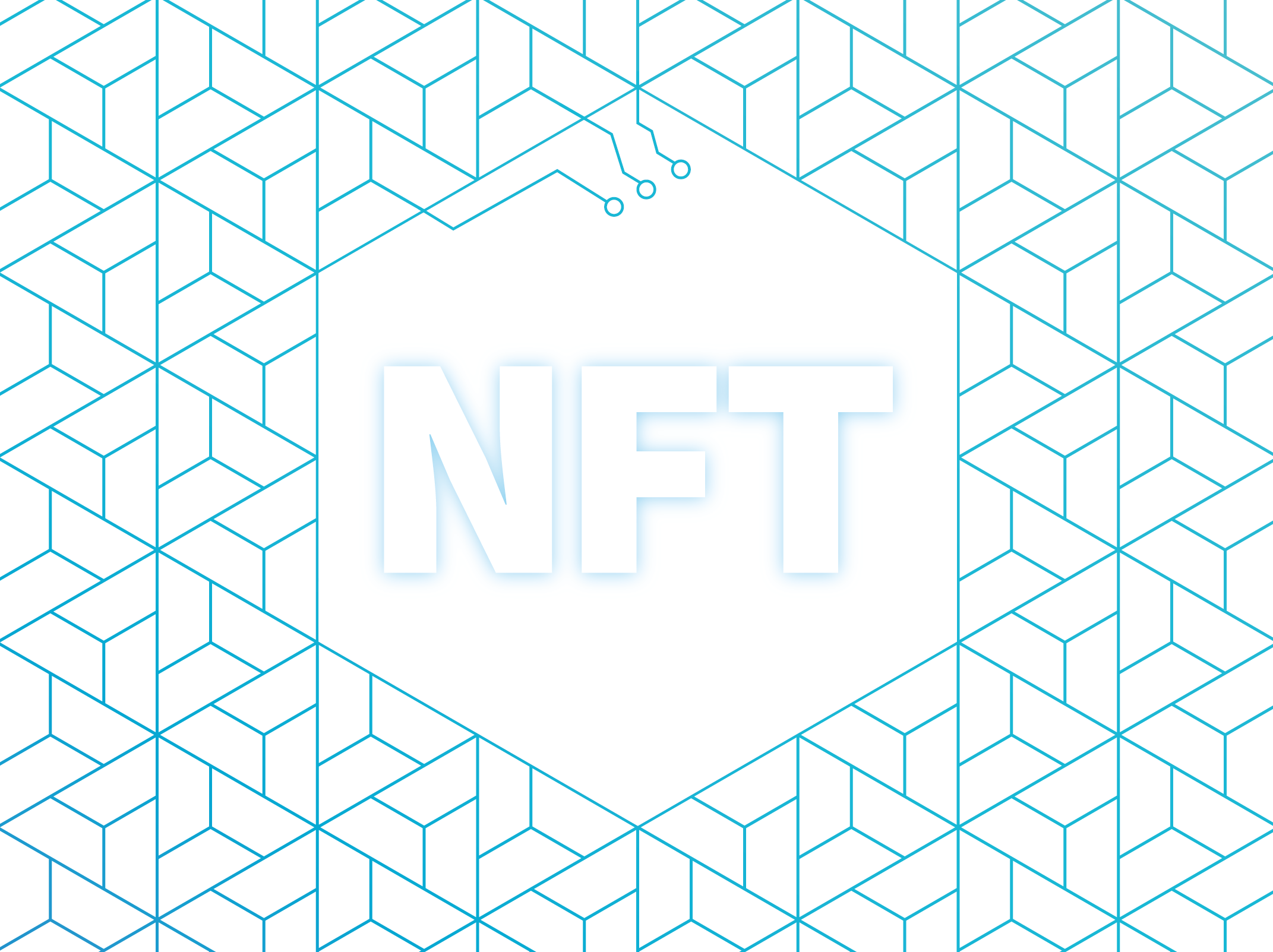Is your NFT real?
Non-fungible tokens (NFTs) have actually been around for years. But when a Beeple NFT artwork sold at Christie’s for $69 million, everyone quickly learned what they were.
Soon a Jack Dorsey tweet sold for $2.9 million, a 20 second LeBron James dunk video sold for $208,000, and William Shatner’s “trading cards” (including an X-ray of his teeth) sold 125,000 copies at $1 each—in nine minutes.
An NFT is a blockchain entry, which is associated with a particular digital or physical asset. As NFTs can be owned, sold and traded on digital markets, they are perfect to determine ownership of or a license to use the linked assets. Unlike cryptocurrencies like Bitcoin, NFTs are not mutually interchangeable and therefore not fungible. While all coins of a cryptocurrency are equal, each NFT represents a different asset.
As Reed Smith, a firm specializing in NFTs, explains “The NFT is not the content itself, but rather a way to verify content as genuine and create a record of ownership. Offline, this could be analogous to a certificate of authenticity for an autographed Babe Ruth baseball, a letter of provenance for an Andy Warhol lithograph, or a serial number to a Louis Vuitton handbag.”
Physical NFTs
When connecting to a physical asset, NFTs employ so-called crypto anchors. Like a human fingerprint is used to identify people, a crypto anchor is a unique physical feature that is used to identify a particular physical product. They are applied to products in a way so they can’t be tampered with or replaced with another product. The crypto anchor is used as a unique identifier for transactions that are recorded in a blockchain.
Many NFTs use these anchors to link physical and digital assets. Examples could be:
- History of a product i.e., tag on a basketball jersey ensures that this was worn by a player
- The authenticity, history and ownership of a collectible.
- The authenticity of a product i.e., the Nike sneaker
- Playback of a movie after scanning a label on merchandise, i.e., Playing a Batman movie after scanning the Batman action figure
- Access to a fan forum with rare content once a merchandise is scanned
In all these cases, the key is authenticity. In fact, the first question everyone asks about NFTs that are linked to physical products is how do I know it’s real?
Enter the Authentic Vision Holographic Fingerprint™ label, and its CheckIfReal app. This technology allows potential owners of NFTs an iron-clad authenticity check with the forgery-proof and tamper-proof Holographic Fingerprint ™ label from Authentic Vision.
With the accompanying free CheckIfReal mobile app, physical products can be checked if they are the authentic ones connected with a particular NFT at any time with a simple scan. Since the labels are unique and can be identified in each case, fraud is prevented.
Crypto Confidence
The Holographic Fingerprint™ labels affixed to NFTs are so unique that even Authentic Vision cannot reproduce them. This is achieved through natural variances during the production process, and the Holographic Fingerprint™ is inseparably linked on the server with a unique ID and a data matrix code. Attempts to manipulate or alter this are automatically recognized with the app on any smartphone. No special equipment or training is required. The app authenticates the sealing label in real-time and delivers immediate and indisputable results.
NFT popularity continues to soar. As Vice notes, “From tech investors like Mark Cuban to art world curators like Christie’s auction house to clout-wielding brands like Nike, there’s been a gold rush going on in the NFT world since the beginning of 2021. Now, everyone from the glory day’s rock band Kings of Leon to the once-glorious Lindsay Lohan is hopping onto the NFT bandwagon in the hope of selling a high-priced virtual creation of their own.”
NFT’s are not going anywhere. The difference is that now you can know you’re getting what you paid for.

